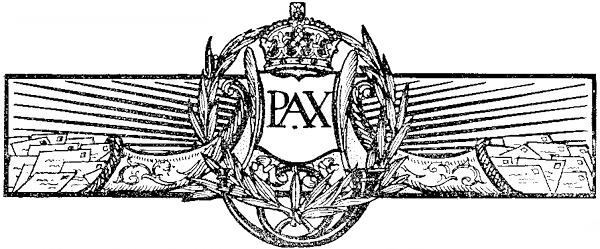Etruscans

Background
The Etruscans were a mysterious culture believed to be descended from the Villanovans (1100 BC to 700 BC) that inhabited the area of northern Italy known in antiquity as Etruria. Despite being a distinct culture the Etruscans are commonly referred to as the forefathers to the Romans because they so greatly influenced Roman art, architecture, politics and society.
Etruria was actually a confederation of 12 city-states that had its own distinct language and itself was greatly influenced by trading with the Greeks and other Mediterranean powers. For example much of Hellenistic and Greek influence can be seen in the development of Etruscan sculpture, temple design and more. Eventually Etruria was conquered by the Romans under king Tarquinius Superbus and the territory was incorporated into the fledgling Roman Republic.
Etruscan Art
Etruscan art had a great influence on the development of similar Roman art throughout the later Roman Republic and imperial period. For example areas of art that the Etruscans heavily influenced the Romans were in animal sculpture and portraits along with their advanced bronze metallurgy and crafting. Examples of bronze sculptures that draw from Etruscan styles include the Capitoline Wolf, the Chimera of Arezzo.
One unique aspect of Etruscan sculpture that the Romans adopted was the sculpting of a private individual instead of a king or leader as was common in many other classical and ancient cultures. These sculptures featured realistic features and were called “veristic portraits” because they were believed to be an accurate representation of a person. A great example of this is the portrait known as “Brutus” crafted around 300 BC.
Another area of art that the Romans would adopt from the Etruscans would be in their paintings. Many aspects of Etruscan paintings including the depiction of entire landscapes and Greek myths were implemented by the Romans. In conclusion the Etruscan art discovered in the many tombs (tumulus) gives great insight into the development of Roman art during the Roman Republic and early Empire.
Etruscan Architecture
Another area that the Romans were greatly influenced by the Etruscans was on the development, design and aesthetics of temples, tombs and other structures. One prominent example of this is the Temple of Fortuna Virilus which was constructed in the century century BC in Rome and features influence from not only Etruscan sources but also Italic, Greek and the larger Hellenistic culture. An Etruscan temple that is very similar to this was constructed around 500 BC prior and is known as the Temple of Apollo at Veii.
The Romans seem to have adopted major architectural aspects from the Etruscans including a high podium along with a frontal approach up a single set up stairs at the front of the structure. Here there would be a deep porch with columns with entrances into the structure. However, one major difference between the Romans and the Etruscans is that the Temple of Fortuna Virilis was constructed entirely out of marble, while the Etruscans built out of terracotta and mud given they did not have access to the resource. Eventually this type of temple would become a prototypical model featured at each Roman Forum throughout the empire.
Politics
While not much is known about the exact nature of the political structure of the Etruria city-state confederation it is known that the Etruscans had a great influence on the development of the Roman Republic. The Etruscan social hierarchal structure and monarchy provided much of the foundation for the development of the republic government along with Greek and other ideas. The aristocratic class of the Etruscans can be looked at as the predecessors to the Roman patricians. In addition to helping provide the political and social framework for the Roman style of government the Etruscans also helped renovate Rome from a rural farming village into an urban city-state that became a major regional power during the Hellenistic Period.
Society
One of the major attributes of civilization that the Romans adopted from the Etruscans was their construction of massive engineering projects such as roads, sewers, drains and other water related structures. The Etruscans also helped develop Rome from a bunch of huts on some well defendable hills into a well planned urban settlement along the banks of the Tiber River. The development of Rome would eventually enable it to gain enough power to overthrow the last Etruscan king Tarquinius Superbus.
Eventually the Romans would continue the public infrastructure projects of the Etruscans and develop a massive system of paved roads, bridges, municipal drainage systems, reservoirs, aqueducts, canals, dams which would come to characterize the Roman Empire throughout the end of the classical antiquity period following the Hellenistic Period. At its height this massive network of Roman structures stretched from the isles of Britannia in Germania and all the way to Mesopotamia and into Egypt and northern Africa around the Mediterranean Basin and was all inspired and built upon from the cultural heritage of the Etruscan civilization.
Origins
The Etruscans were the forerunners to the Romans and were preceded by the Villanovans. They established the political entity of Etruria and even had their own language. They were heavily influenced through trading and cultural diffusion with their neighbors the Greeks who lived on Greece.
Etruscan Structures
Necropolis at Cerveteri
Sources
Primary Sources
Secondary Sources
Related Links
Secrets in the Dust - Uncovering the Etruscans Glory before Rome